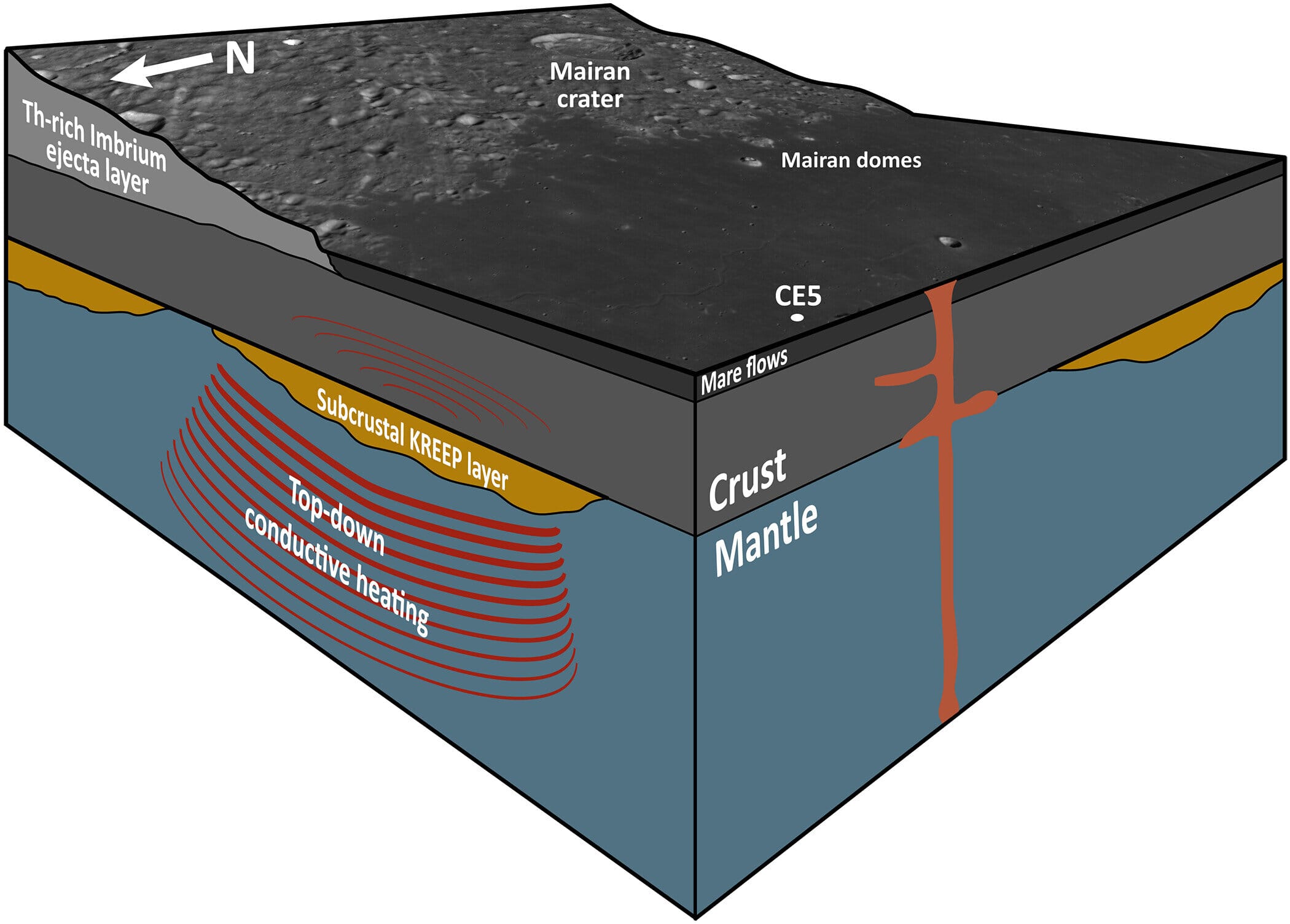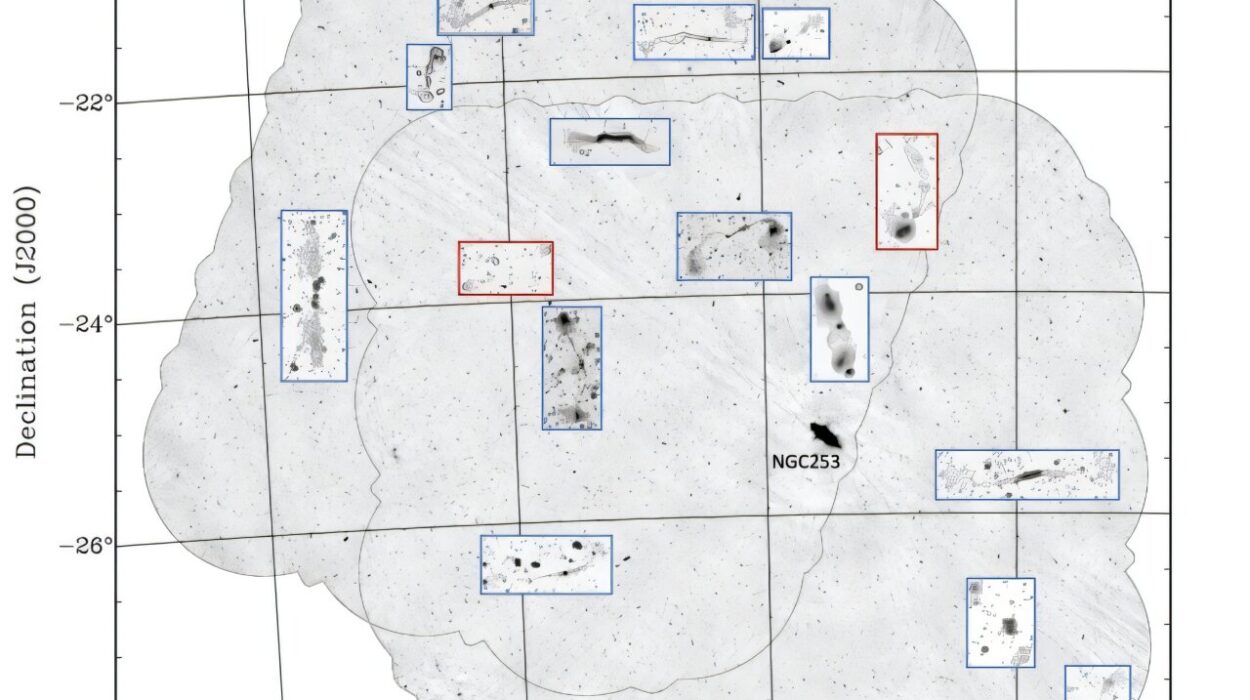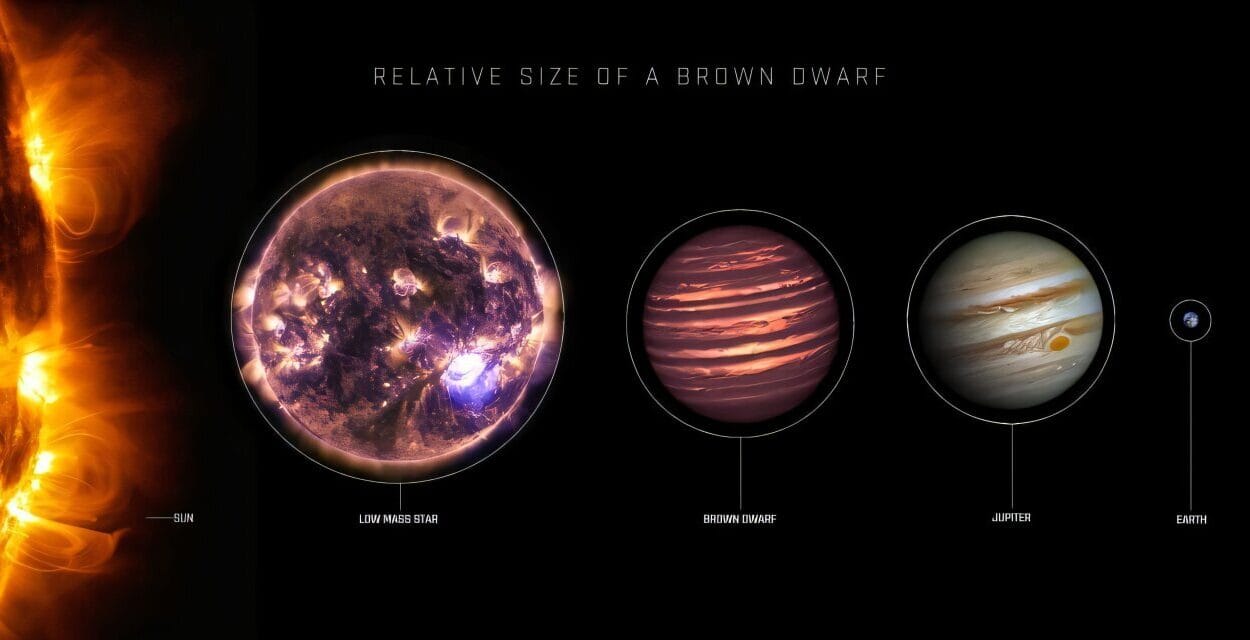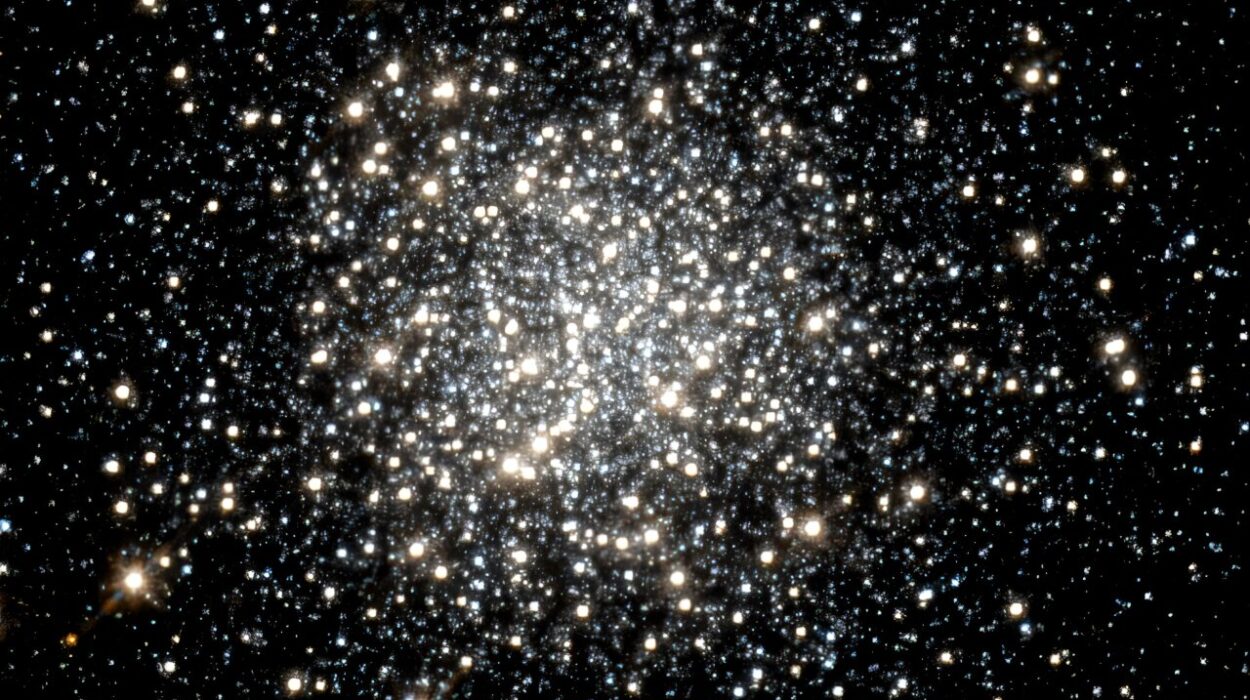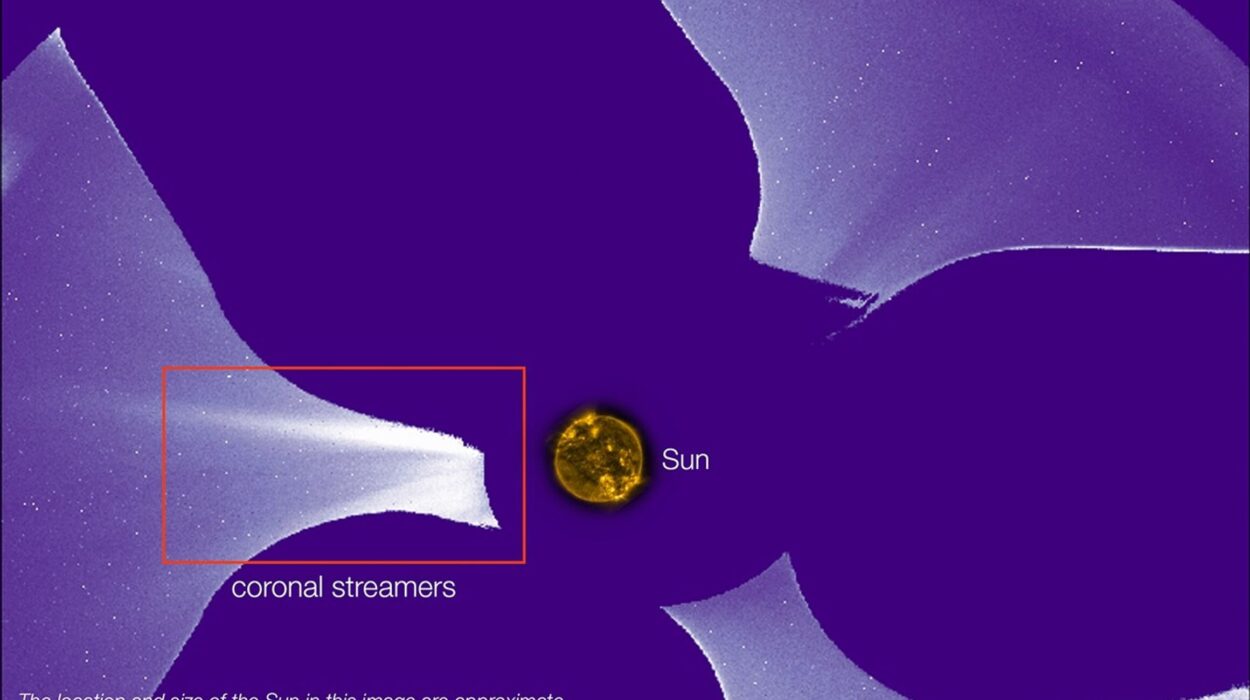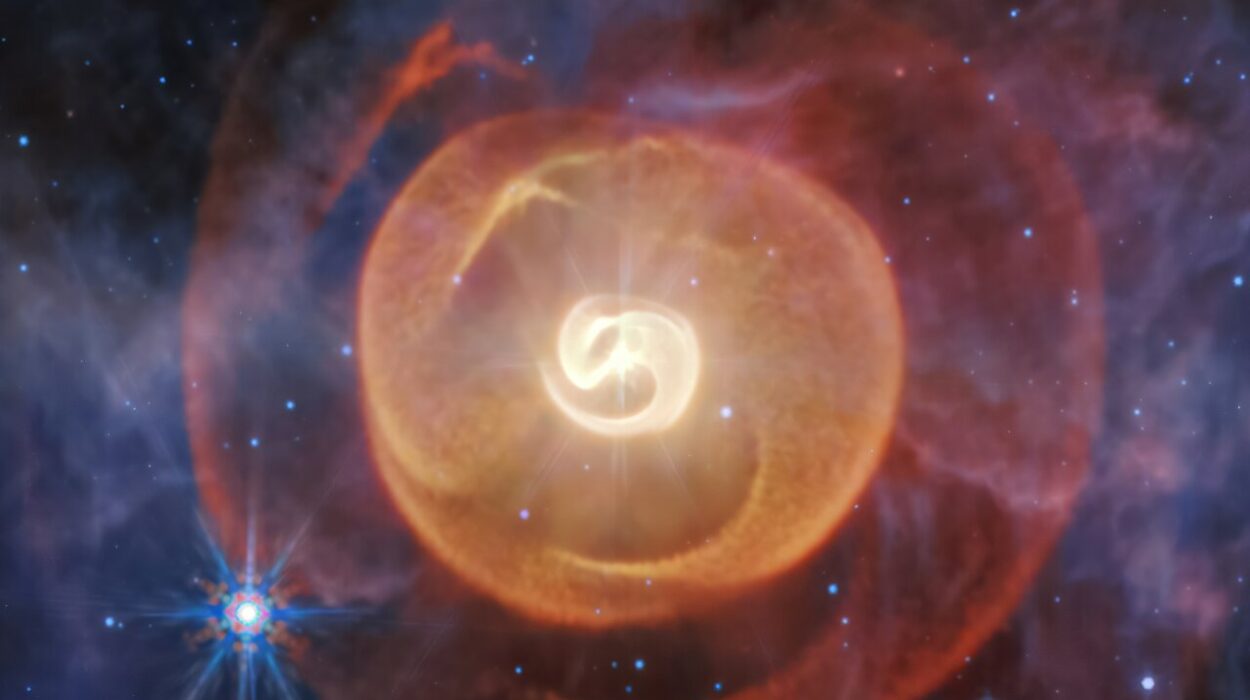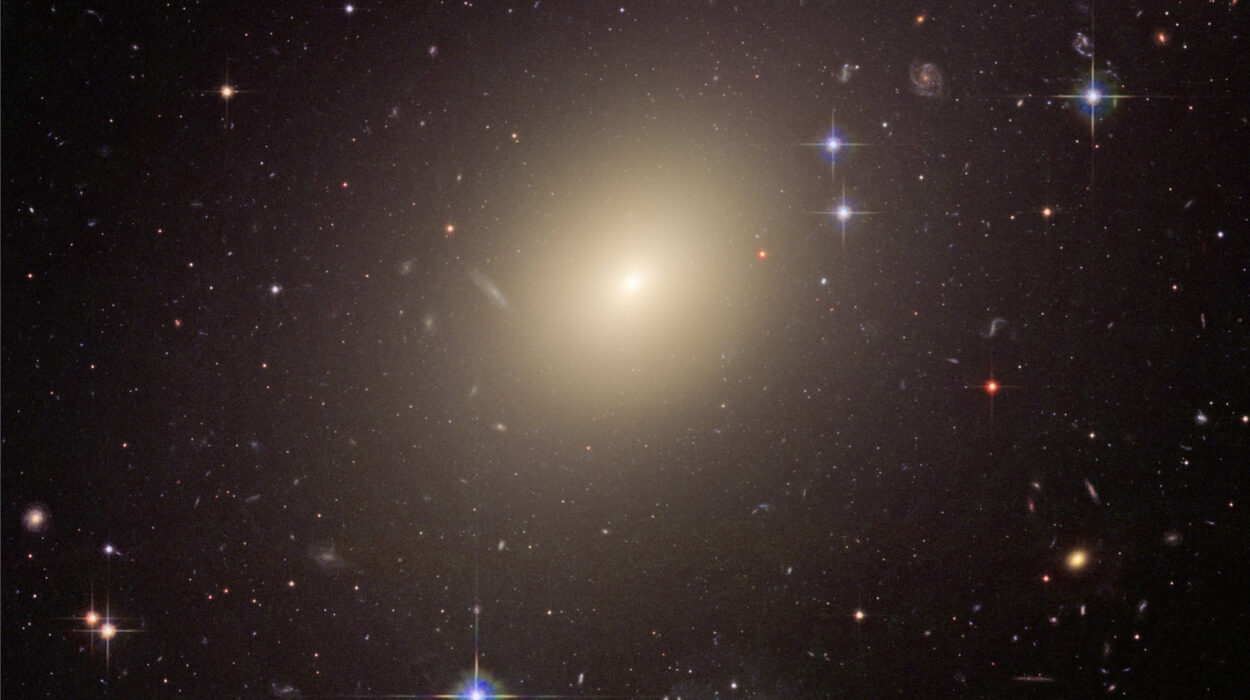For centuries, the moon has appeared to us as a cold, silent sentinel in the sky—its cratered face frozen in time. But a new study, born from the ashes of ancient lava and tucked within the quiet hum of a University of Florida lab, has begun to thaw that image.
Inside microscopic particles of moon rock, collected by China’s Chang’e 5 mission from the far side of the moon, a secret has been waiting. A secret that challenges the foundations of lunar science, stirring the very timeline we thought we understood about how the moon cooled, evolved, and died.
Led by Dr. Stephen Elardo, assistant professor of geology at the UF College of Liberal Arts and Sciences, this groundbreaking research unveils that some parts of the moon’s interior stayed hot—dangerously, surprisingly hot—much longer than we ever imagined. And that changes everything.
An Unprecedented Glimpse into Lunar Lava
The story begins with a rock—a piece of basalt, born in fire and rapid cooling. Basalt is not rare on Earth or the moon. What makes these samples different is where they were found and how old they are.
These pieces were retrieved from the far side of the moon, a rugged, mountainous region never before sampled by any human or robotic mission. The Chang’e 5 mission, the pride of China’s ambitious lunar exploration program, brought back what are now the youngest lunar rocks ever collected. Their age and origin offer a fresh vantage point for exploring the moon’s internal past.
Dr. Elardo and his team subjected these rocks to a series of detailed geochemical analyses. What they found startled them—not because the samples were unusual in shape or color, but because their atomic stories revealed a lingering heat where only cold should have reigned.
The Radiant Chemistry of a Dead World
To understand how hot the moon’s interior once was, and for how long, Elardo’s team employed the delicate science of radiometric dating. By analyzing the concentration of radioactive elements such as uranium, thorium, potassium, and phosphorus in the basalt samples, they could estimate not only how old the rocks were but also how much internal heat they retained.
These elements are not passive stowaways in rock; they are radioactive engines. As they decay, they release heat—a slow, persistent thermal glow that can keep surrounding material molten long after external conditions have cooled.
What the team discovered was staggering: the upper mantle of the moon—the layer just beneath the crust—was still hundreds of degrees hotter than previously believed, even two billion years ago.
The presence of such heat-generating elements in high concentrations meant that magma continued to bubble near the surface long after scientists thought the moon had gone geologically silent.
Challenging the Old Cooling Paradigm
The findings directly contradict the longstanding theory that the moon cooled from the top down. That theory—endorsed by decades of modeling and seismic data from the Apollo missions—held that the surface lost heat first, becoming brittle and cold, while the deeper layers retained warmth longer.
But this new research suggests something far more complex.
If radioactive materials were concentrated near the surface, rather than deep within, they would act as a thermal blanket—keeping pockets of magma near the surface molten, long after the deeper interior had begun to freeze.
This would mean that the surface was not the oldest, coldest part of the moon, as once thought, but in some regions, it may have been among the last to solidify. The implications ripple across every assumption we’ve made about the lunar timeline.
The Lunar Mantle: A Hidden Story Told in Lava
Our knowledge of the moon’s interior is, by necessity, indirect. Unlike Earth, from which we have drilled and dredged up samples from deep within the mantle, we have never cracked open the moon in such a way. What we know of the lunar mantle comes from its lavas—those once-molten fingerprints smeared across the lunar surface.
“Lunar magmatism, which is the record of volcanic activity on the moon, gives us a direct window into the composition of the moon’s mantle,” explained Elardo. “We don’t have any direct samples of the moon’s mantle like we do for Earth, so our window into the composition of the mantle comes indirectly from its lavas.”
It’s like trying to understand a symphony by listening to echoes in an empty hall. But in this case, the echoes are clearer than ever.
The discovery that the moon’s upper layers may have stayed hotter longer pushes researchers to rethink not just how the moon cooled, but how it formed, how its materials were distributed, and what internal forces might still be simmering beneath its surface.
Why This Matters: More Than Just Moon Rocks
Understanding the thermal history of the moon is not an academic exercise. It’s a window into planetary evolution—how worlds form, how they live, and how they die.
The moon is Earth’s closest companion and, in many ways, its geological twin. Born from the same ancient impact, the two bodies share a history that stretches back more than four billion years. What happens inside the moon tells us something about what happened—and might still be happening—inside Earth.
But the implications reach beyond Earth as well. Across our solar system, and likely throughout the galaxy, moons and small rocky planets abound. Some may still hold molten cores; others may have crusts rich in radioactive elements that preserved heat for billions of years. Understanding how the moon cooled helps us build better models for how these alien worlds evolved.
A Field Ripe for Exploration
Dr. Elardo’s hope is that this study will spark new interest in a field known as lunar geodynamics. This branch of science, which blends physics, geology, and computer modeling, attempts to simulate the inner workings of celestial bodies—how magma flows, how heat migrates, how crusts form and break apart.
“It’s an area, at least for the moon, where there’s a lot of uncertainty,” Elardo said. “And my hope is that this study helps to give that community another important data point for future models.”
It’s a field that stands on the precipice of breakthrough. With every new mission, from NASA’s Artemis program to China’s Chang’e missions and private lunar initiatives, we are collecting better data, sharper images, and—most crucially—more samples.
Each new rock pulled from the lunar surface is a voice from the past. And sometimes, as with this study, those voices contradict the narratives we thought were settled.
The Far Side of Discovery
The moon has two faces: the one we see and the one forever turned away. It was from that mysterious far side that these young basalt samples were taken—rocks shaped by fire in a place thought long extinguished.
Their discovery reminds us that science is not a static story but a living conversation. Our understanding of the moon, like the moon itself, is full of shadows and light, of mysteries that bend our logic and findings that demand humility.
In a single grain of ancient lava, we are reminded that the cosmos is full of surprises—that even in the coldest places, there may linger unexpected warmth.
Reference: Stephen M. Elardo et al, A shallow mantle source for the Chang’e 5 lavas reveals how top-down heating prolonged lunar magmatism, Science Advances (2025). DOI: 10.1126/sciadv.adr1486
